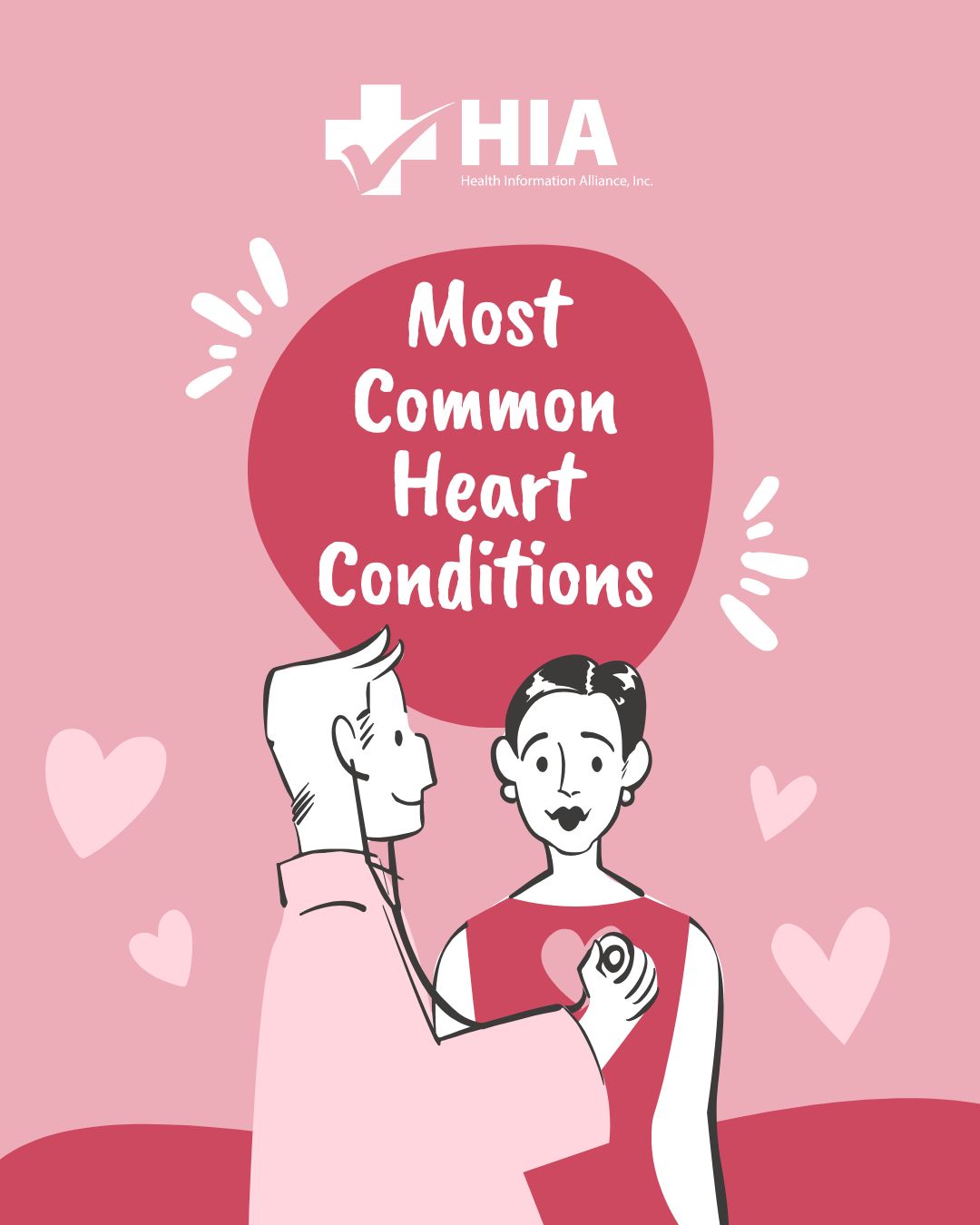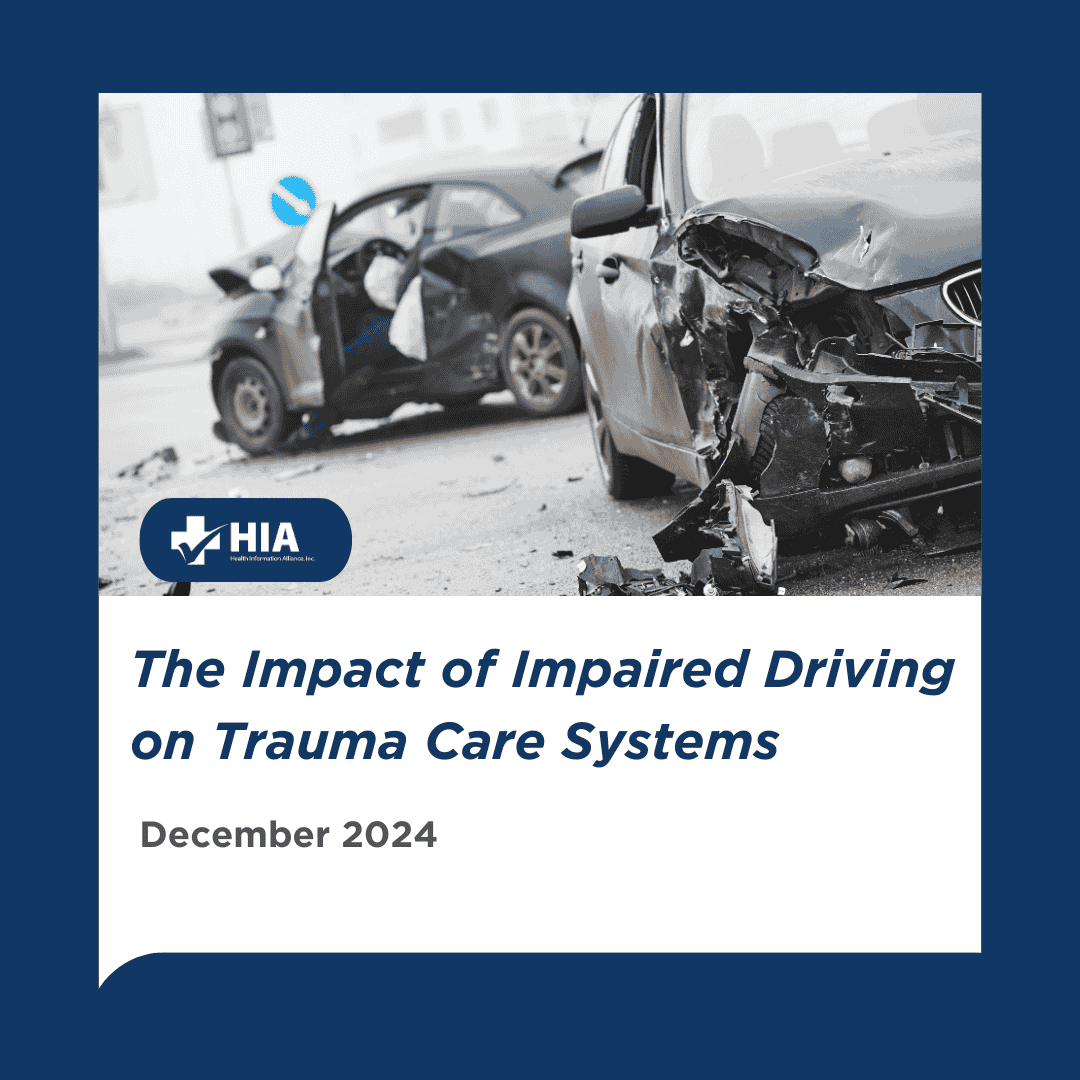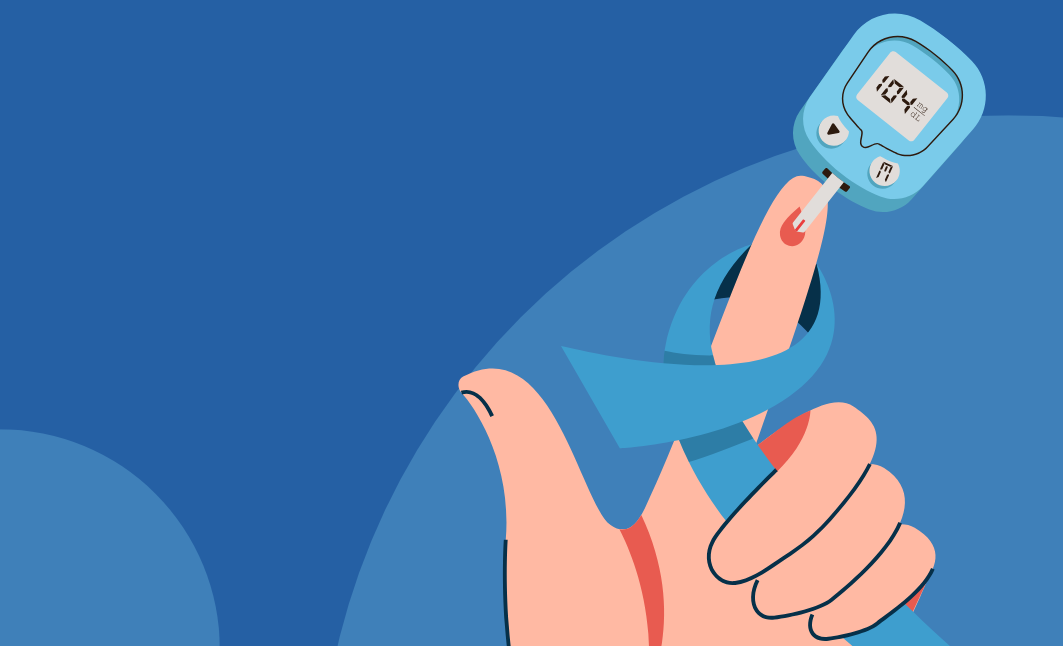February is Heart Health Month
Know the 12 Most Common Cardiovascular Conditions & Take Action!
Cardiovascular diseases are the leading cause of death globally, accounting for an estimated 17.9 million lives lost each year. Despite their prevalence, many individuals remain unaware of these conditions’ symptoms and risk factors. Early awareness and timely intervention can save lives.
Do you know the 12 most common cardiovascular conditions?
- Coronary Artery Disease (CAD): This condition involves the narrowing or blockage of the coronary arteries due to atherosclerosis, leading to reduced blood flow to the heart muscle. Symptoms often include chest pain and shortness of breath.
- Atrial Fibrillation (AF): AF is the most common type of arrhythmia, characterized by a rapid and irregular heartbeat. It can increase the risk of stroke and heart failure.
- Heart Failure: This occurs when the heart is unable to pump blood effectively, leading to symptoms such as fatigue, shortness of breath, and fluid retention.
- Arrhythmia: Refers to any irregularity in the heart’s rhythm, including tachycardia (fast heartbeat), bradycardia (slow heartbeat), and premature contractions.
- Atherosclerosis: A condition where plaques build up in the arteries, causing them to harden and narrow, which can lead to heart attacks or strokes.
- Cardiomyopathy: A disease of the heart muscle that makes it harder for the heart to pump blood to the rest of the body.
- Peripheral Artery Disease (PAD): A circulatory condition where narrowed arteries reduce blood flow to the limbs, often causing leg pain while walking.
- Heart Valve Diseases: Conditions involving damage to one or more of the heart’s valves, affecting blood flow within the heart.
- Endocarditis: An infection of the inner lining of the heart chambers and valves, typically caused by bacteria.
- Stroke: Occurs when the blood supply to part of the brain is interrupted or reduced, preventing brain tissue from getting oxygen and nutrients.
- Congenital Heart Disease: Refers to heart abnormalities present at birth, affecting the heart’s structure and function.
- Hypertension (High Blood Pressure): A condition where the force of the blood against the artery walls is too high, increasing the risk of heart disease and stroke.
Recognizing the symptoms of cardiovascular diseases early can lead to faster diagnosis and treatment, ultimately improving patient outcomes. Many Cardiovascular diseases develop silently, showing no symptoms until they become severe. Regular screenings, lifestyle modifications, and adherence to medical recommendations can significantly reduce the risk of developing severe complications.
Health Information Alliance (HIA) is committed to improving cardiovascular health outcomes through Core Measure Abstraction Services. By ensuring compliance with evidence-based clinical guidelines, HIA helps healthcare organizations:
- Enhance patient outcomes through data-driven performance improvement
- Reduce hospital readmissions and complications
- Meet quality and compliance benchmarks in heart disease management
HIA’s abstraction services provide healthcare providers with the critical data needed to evaluate and enhance treatment strategies. By tracking key performance indicators, HIA supports healthcare teams in making informed decisions that directly impact patient care and overall heart health.
Empowering healthcare providers with actionable insights leads to better cardiovascular health for all.
Learn more about our commitment to cardiovascular care:






